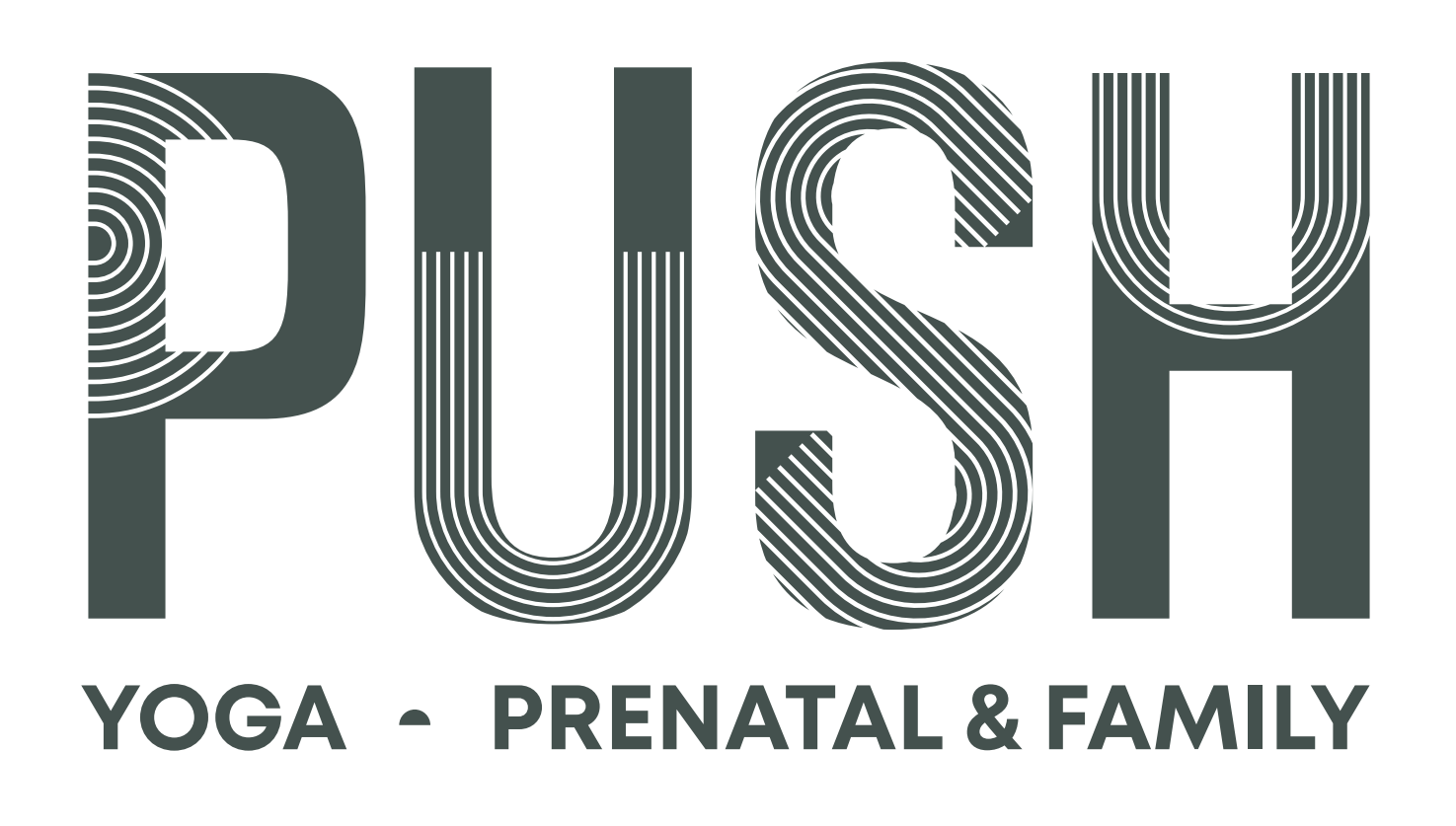Yoga is a powerful practice that offers far-reaching benefits for both the body and the mind. More than just a form of exercise, yoga engages the entire body, helping to enhance flexibility, build strength, and improve overall well-being. It’s no wonder that millions of people worldwide have embraced yoga, recognizing its ability to create lasting physical and mental transformation.
In this post, we’ll explore how yoga helps the body and muscles, answering common questions like “How can yoga help with flexibility?” and “How can yoga help with posture?” We’ll dive into the science behind how yoga strengthens and lengthens muscles, supports balance, enhances posture, and even reduces stress. Whether you’re a beginner or a seasoned yogi, understanding these benefits can deepen your appreciation for the practice and motivate you to step onto your mat more often.
How Yoga Helps with Flexibility
One of the most well-known benefits of yoga is its ability to increase flexibility. While many people are drawn to yoga for this reason, they often discover that flexibility is just the beginning. Yoga stretches and elongates muscles, allowing them to relax and open up. With consistent practice, tight muscles—particularly those in the hips, hamstrings, shoulders, and back—become more pliable, which increases the range of motion in the joints.
Tight muscles can develop from sitting for extended periods, engaging in repetitive activities, or simply from stress. Yoga targets these areas of tension through various poses that encourage lengthening and relaxation. By stretching both dynamically (through flowing movements) and statically (by holding poses), yoga helps to gradually release muscle tightness. Over time, you’ll notice improved mobility not only on the yoga mat but also in everyday life.
Yoga also focuses on joint health. When you move through different poses, the joints are taken through their full range of motion, which helps to lubricate and maintain them. This practice not only improves flexibility but also helps to prevent stiffness and promote long-term mobility. For anyone looking to stay agile as they age, yoga is an effective way to maintain flexibility and prevent injury.
How Yoga Helps with Muscle Strength
Yoga is often underestimated as a form of strength training, yet it offers a full-body workout that strengthens all the major muscle groups. Yoga relies on body weight for resistance, so every movement involves multiple muscles working together. Whether you’re flowing through a vinyasa or holding a warrior pose, your muscles are constantly engaged to support the body and maintain balance.
Yoga builds strength by targeting the deep muscles of the body, particularly the core, arms, and legs. For example, poses like plank and chaturanga require significant upper body strength, while poses such as chair and warrior II engage the quadriceps, glutes, and hamstrings. These poses challenge the muscles without requiring external weights, which promotes balanced, lean muscle development.
One of yoga’s key strengths lies in its ability to develop functional strength. Rather than isolating individual muscles, yoga engages multiple muscle groups at once, creating stability and balance throughout the body. For instance, in poses like tree or eagle, you activate stabilizing muscles in the legs, core, and even the feet, which improves coordination and balance.
In addition to building muscle, yoga enhances muscle endurance. Holding poses for extended periods activates the muscles isometrically, which means they contract without changing length. This type of strength-building can lead to greater muscle endurance over time, allowing you to maintain poses longer and perform daily activities with more ease.
How Yoga Helps with Posture
Many people today suffer from poor posture, often due to long hours spent sitting at a desk or hunching over a smartphone. Over time, this can lead to muscle imbalances, pain, and long-term structural issues. Yoga is highly effective in correcting these imbalances and improving posture by strengthening the muscles that support proper alignment.
Certain yoga poses specifically target the muscles responsible for maintaining good posture, such as the back, shoulders, and core. Poses like mountain and cobra encourage spinal alignment by activating the muscles that support the spine. Through consistent practice, these muscles become stronger, which naturally helps improve posture.
Yoga also increases awareness of body alignment. The practice encourages you to be mindful of how you hold your body, both during the session and in daily life. As you flow through poses, you become more attuned to how your body feels when it’s properly aligned. This heightened awareness carries over into everyday activities, making you more conscious of your posture when sitting, standing, or walking.
Moreover, yoga helps to counteract the negative effects of prolonged sitting. Many poses stretch and open the chest, shoulders, and hips, which are areas that tend to become tight from slouching or sitting for long periods. By regularly practicing poses that reverse these effects, you can alleviate tension, improve your posture, and prevent long-term damage.
How Yoga Helps with Balance
Yoga is renowned for improving balance, a critical component of physical fitness that becomes increasingly important as we age. Whether you’re holding a standing pose or transitioning between movements, yoga challenges your balance and coordination in ways that traditional exercises often do not.
Balance in yoga is closely tied to core strength. Many poses, such as boat or side plank, engage the core muscles to stabilize the body. A strong core is essential for maintaining balance, as it acts as a central point of control for the rest of the body. When your core is strong, you’re better able to stay stable and prevent falls or injuries.
In addition to core strength, yoga activates stabilizing muscles throughout the body, particularly in the ankles, feet, and legs. These muscles help maintain balance during poses like tree or warrior III, where the body must remain steady on one leg. Strengthening these small but essential muscles can improve your overall stability and coordination.
Yoga also enhances proprioception, which is your body’s awareness of its position in space. Through practice, you become more attuned to how your body moves and reacts to different poses, which helps improve your sense of balance. This increased proprioception is beneficial not only in yoga but also in daily activities that require coordination, such as walking on uneven surfaces or carrying objects.
How Yoga Helps with Muscle Tone
While yoga might not give you the same results as lifting heavy weights, it is incredibly effective at toning the muscles. By using your own body weight for resistance, yoga helps to build lean muscle mass that creates a toned, sculpted appearance.
Yoga works the entire body, toning muscles in areas such as the arms, legs, core, and back. Poses like plank, warrior II, and bridge target specific muscle groups, while others like downward dog and sun salutations engage the whole body. By regularly practicing these poses, you can develop a balanced, toned physique without the bulk that comes with traditional weightlifting.
One of the unique aspects of yoga is that it tones muscles while also lengthening them. Many yoga poses stretch and strengthen the muscles simultaneously, which creates a leaner, longer appearance. This is particularly beneficial for people who want to build muscle definition without increasing bulk.
The slow, controlled movements in yoga also engage the muscles in a different way than fast, repetitive exercises. By holding poses and moving mindfully, you challenge the muscles to work harder, which helps to build endurance and tone over time.
How Yoga Helps with Stress
Beyond its physical benefits, yoga is widely recognized as one of the best practices for reducing stress and promoting relaxation. Yoga combines movement, breath control, and mindfulness, all of which work together to calm the mind and body. Whether you’re dealing with the stress of daily life or looking for a way to unwind, yoga offers a sanctuary of peace and tranquility.
Yoga regulates the nervous system by stimulating the parasympathetic nervous system, which is responsible for the body’s rest and relaxation response. Through deep breathing exercises (pranayama) and gentle movements, yoga helps to lower cortisol levels, which are often elevated during times of stress.
The practice also incorporates mindfulness, encouraging you to focus on the present moment rather than worrying about the past or future. This meditative aspect of yoga quiets the mind, reduces anxiety, and fosters a sense of inner calm. Whether through holding a child’s pose or practicing savasana, yoga provides space to release mental tension and reconnect with yourself.
In addition to calming the mind, yoga helps release physical tension in the body. Stress often manifests as tightness in areas like the neck, shoulders, and lower back. Many yoga poses target these areas, allowing you to stretch and release the built-up tension. As a result, you leave the mat feeling both mentally and physically lighter.
A Holistic Approach to Wellness
Yoga is more than just a workout; it’s a holistic practice that nourishes both the body and the mind. From improving flexibility and muscle tone to enhancing balance, posture, and stress management, yoga offers a wide range of benefits that can transform your overall well-being.
Whether you’re looking to increase strength, improve flexibility, or simply reduce stress, yoga has something to offer everyone. Through consistent practice, you can build a stronger, more flexible body while also cultivating a calm, focused mind. With its ability to unite the physical, mental, and emotional aspects of health, yoga truly stands out as one of the most comprehensive practices for living a balanced, healthy life.



